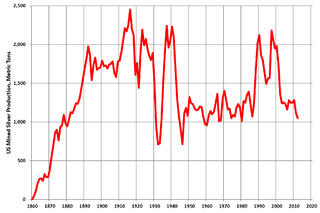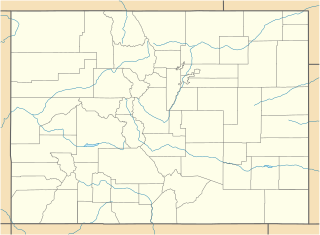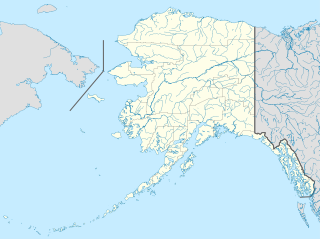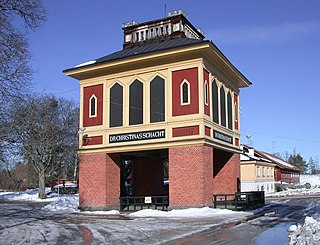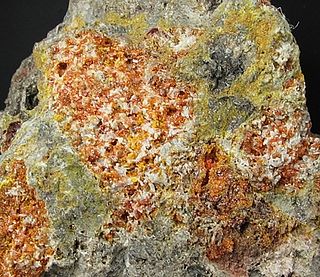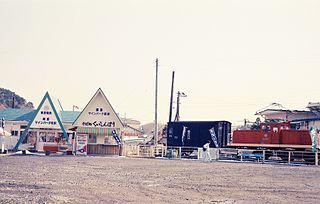| Madan-e Nakhlak معدن نخلك | |
|---|---|
| village | |
| Coordinates: 33°33′45″N53°50′35″E / 33.56250°N 53.84306°E Coordinates: 33°33′45″N53°50′35″E / 33.56250°N 53.84306°E | |
| Country | |
| Province | Isfahan |
| County | Nain |
| Bakhsh | Anarak |
| Rural District | Chupanan |
| Population (2006) | |
| • Total | 55 |
| Time zone | IRST (UTC+3:30) |
| • Summer (DST) | IRDT (UTC+4:30) |
Madan-e Nakhlak (Persian : معدن نخلك, also Romanized as Maʿdan-e Nakhlak; also known as Nakhlak) [1] is a village in Chupanan Rural District, Anarak District, Nain County, Isfahan Province, Iran. At the 2006 census, its population was 55, in 52 families. [2]

Persian, also known by its endonym Farsi, is one of the Western Iranian languages within the Indo-Iranian branch of the Indo-European language family. It is a pluricentric language primarily spoken in Iran, Afghanistan and Tajikistan, Uzbekistan and some other regions which historically were Persianate societies and considered part of Greater Iran. It is written right to left in the Persian alphabet, a modified variant of the Arabic script.
Chupanan Rural District is a rural district (dehestan) in Anarak District, Nain County, Isfahan Province, Iran. At the 2006 census, its population was 1,619, in 508 families. The rural district has 18 villages.
Anarak District is a district (bakhsh) in Nain County, Isfahan Province, Iran. At the 2006 census, its population was 2,904, in 970 families. The District has one city: Anarak. The District has one rural district (dehestan): Chupanan Rural District.
Nakhlak Lead Complex has a history of 2500 years which is one of the oldest Underground mines in the country, and lies on the side-line of the Central Desert in Iran. The method of extraction in this mine is accumulative. Nakhlak, in recent years, has been able to produce more than its nominal capacity which is sent to the market. The amount of the sustainable Mineral is 30,000 tons annually which through processing, 3000 tons of concentrate is produced in a year. The establishment of a 6,000-ton processing plant, revival of Lead Mines in Anarak region, new exploration projects and the establishment of Iran Mining Museum are all in progress in the Complex. The Mine holds ISO14001, ISO9001 & OHSAS 18001 certificates.
The Nakhlak mine, 55 kilometers northeast of Anarak is the largest and one of the most ancient lead ore deposits ever exploited in the Anarak region. Mining history, based on dated material from the mine adits and nearby historical ruins (e.g. the Qaleh-Bozorg fortress), was traced to the earliest stages of the Sassanid Empire (224-651 AD), and possibly even the latest stages of the Parthian Empire (247 BC-224 AD) (Hallier, 1972; Stöllner and Weisgerber, 2004). The Gombad and Shaft no. 1 of the Nakhlak mine are nearby undated historical digging sites (which may reach 80 m depth), where smelters and mining tools (e.g. picks, hammers, wooden shoes, lamps, etc) are still preserved (Pernicka et al. 2011). Old reports on Iranian lead ores, including Nakhlak, can be found in the articles of Vaughan (1896) and Stahl (1897). More modern mining started in the mid-1930s, in co-operation with German and Austrian engineers and geologists like E. Fischer, E. Bohne, G. Ladame and M. Mazcek. The lead mineralization is situated mainly in the lower part of the Late Cretaceous carbonate rocks at Nakhlak, where sandstones and conglomerates are more common. Many characteristics of the ore deposit fit well with that of the typical Iranian MVT deposits (Rasa, 1987). The ore bodies occur within dolomites and dolomitized sandy limestones as steeply dipping quartz-calcite-barite veins or vein clusters of massive galena. Their thickness varies from 0.25 to 25 meters and extends up to 500 meters in length; it can be traced down along the dip to 400 meters deep (Romanko et al. 1984). Mining reserves have been estimated at ca. 7 million tons of lead (8.33%), zinc (0.38%) and a considerable amount of silver (72 g/t) (Cherepovsky, Chinakov and Kokorin, 1981). The lead greatly predominates over the zinc and silver contents, suggesting a basinal brine origin or fluid release model for the deposit (Rasa, 1987). The northern and southern flanks, as well as the deeper levels, offer potential supplementary mining possibilities, where even new ore bodies may be found. The primary ore seems to be monomineralic, consisting solely of galena. Cerussite in various forms is common in the oxidized zone.







